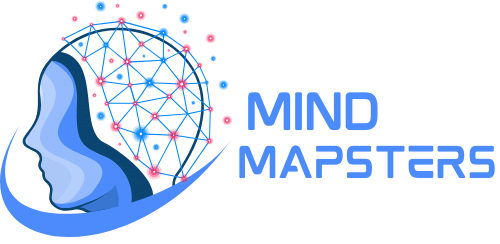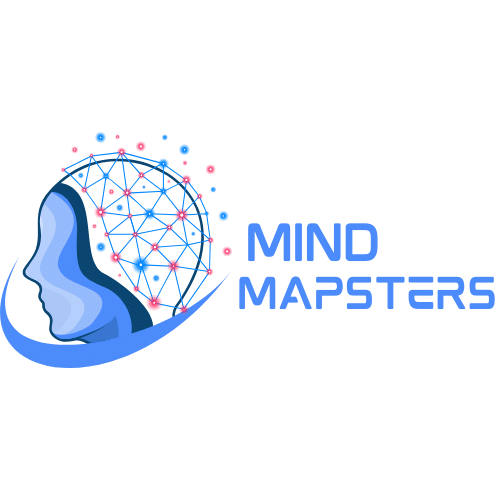Natural Language Understanding, commonly known as NLU, is a fascinating field in computer science that focuses on helping machines understand us humans when we communicate using our natural language. But what does this mean exactly?
NLU enables computers to grasp the meaning of the words and sentences we use daily. It’s not just about recognizing the words we say or type but also understanding our intent, the emotions we express, and the specific information we seek or want to convey.
In this blog post, we will explore the essential components that allow NLU to work, demystifying how computers interpret our language and showcasing the differences and connections between NLU and related fields like Natural Language Processing (NLP) and Artificial Intelligence (AI).
Table of Contents
ToggleWhat is Natural Language Understanding (NLU)?
Natural Language Understanding (NLU) is the technology that allows machines to get the gist of human language. When we communicate, we convey more than just words. We express ideas, emotions, and intentions.
NLU helps computers, robots, and other technological entities interpret these elements in our language, enabling them to respond in a meaningful and relevant manner.
NLU bridges the gap between human communication and machine response, making our interactions with technology smoother and more natural. It’s pivotal in numerous applications, from enabling virtual assistants like Siri or Alexa to understand your requests to ensuring customer service chatbots can assist you effectively online.
YOU MIGHT ALSO LIKE: What Is Text Mail Subscriber?
Core Components of Natural Language Understanding
Natural Language Understanding is composed of several core components, each playing a pivotal role in helping machines understand our language and communicate effectively with us. Let’s explore these components to get a clearer picture of how NLU functions.
1. Syntax and Grammar
If you are trying to build a puzzle, you need to ensure that each piece fits perfectly in its place to see the complete picture. Similarly, syntax and grammar in NLU ensure that words and phrases fit together in a way that makes sense. This component helps machines understand the rules of language, like how sentences are structured and how different words interact with each other.
2. Semantics
Semantics deals with meaning. It helps computers comprehend the meanings of words and phrases in various contexts. For instance, understanding that “bank” could mean the side of a river or a financial institution and determining which meaning is relevant based on the conversation.
3. Contextual Understanding
Context is crucial in communication. The same sentence can mean different things in different situations. Contextual understanding enables machines to grasp the specific scenario or environment in which a conversation is happening, ensuring that the responses are appropriate and relevant.
4. Pragmatics
Pragmatics involves understanding the intended purpose or goal behind our communication. It enables the system to comprehend indirect or implied meanings in our language, such as recognizing that the statement “It’s cold in here” might be a subtle request to close a window or turn up the heat.
5. Discourse and Cohesion
Discourse and cohesion help machines follow along with a conversation or text, ensuring that responses are coherent and related to the ongoing discussion. This component assists in maintaining a smooth and logical flow during interactions.
How Does Natural Language Understanding Work?
When we talk to machines, a lot happens behind the scenes to make them understand us, and it’s all thanks to Natural Language Understanding (NLU). First, the machine takes in our words, whether we type them or say them out loud. It then tidies up our language, fixing any small mistakes and figuring out the role of each word and phrase we use.
Next, it gets to work on understanding the meanings of our words and the overall message we’re trying to convey. It thinks about the context of our conversation, deciphers any hidden meanings or requests, and determines the purpose behind our words. Are we asking a question, giving a command, or sharing information?
After figuring all of this out, the machine crafts a response that makes sense based on our conversation and then shares it with us, either through text or spoken words, ensuring our interaction feels smooth and natural.
The Difference Between NLU and NLP
In our digital journey, we often encounter two terms: Natural Language Understanding (NLU) and Natural Language Processing (NLP). While they might seem similar, they have distinct roles in the realm of technology and communication.
NLU is like the listener in our conversation with machines. It focuses on comprehending the meaning and intention behind our words, ensuring that machines can understand and respond to our inquiries and commands accurately and thoughtfully.
On the other hand, NLP is a broader field that encompasses NLU. It deals with not only understanding our language but also processing and utilizing it effectively. NLP involves several stages, from translating our words into a format that machines can understand to enabling them to generate responses and communicate back to us in a way that we can understand.
Applications of Natural Language Understanding
Natural Language Understanding (NLU) might seem like a behind-the-scenes player, but it’s quite the star in many technologies we use daily. Let’s explore some of its cool applications that make our digital experiences smooth and conversational.
Chatbots and Virtual Assistants
Ever chatted with a customer service bot online or asked Siri, Alexa, or Google Assistant for help? NLU is the wizard that enables them to understand your queries, assist you in finding information, or help you perform tasks like setting an alarm or ordering pizza!
Sentiment Analysis
NLU also plays a pivotal role in sentiment analysis, helping businesses understand how people feel about their products or services by analyzing reviews, comments, and social media posts. It can recognize whether a piece of text expresses positive, negative, or neutral emotions, providing valuable insights.
Speech Recognition
Voice-activated technologies, like dictation software or voice-controlled smart home devices, rely heavily on NLU. It ensures they comprehend your spoken words accurately, understanding the context and intent to perform the desired action or respond appropriately.
Information Retrieval
When you type a question or keywords into a search engine, NLU works to comprehend your intent and the meaning behind your query. This ensures that the search results you get are relevant and accurately address your inquiry or need.
Final Thoughts About NLU
Natural Language Understanding (NLU) is a remarkable technology that enables machines to grasp our language in meaningful ways. Through NLU, our devices can interpret not just our words but the intent and emotion behind them, making digital interactions feel more intuitive and human-like. As we continue to advance technologically, the role of NLU is poised to grow, enhancing our communication with the digital world and paving the way for even more seamless experiences.










